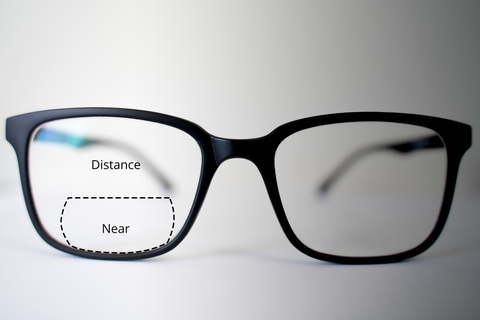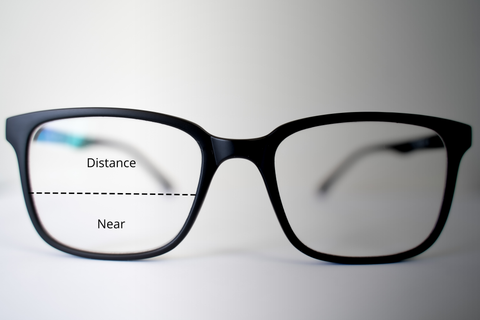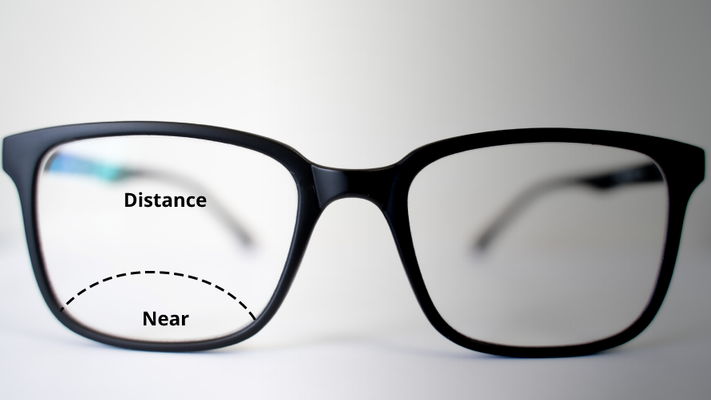
Are you facing difficulty reading fine print or seeing distant objects? If so, bifocal lenses could be the ideal solution.
In this article, we'll delve deep into bifocal lenses, their benefits, how they work, and how they can transform your visual experience.
What are bifocal lenses used for?
Bifocal lenses are eyeglass lenses that have two different prescriptions in one lens. The top part of the lens is for distance vision, while the lower part of the lens is for near vision.
They are typically used to correct presbyopia, a common age-related condition where the eye's lens becomes less flexible, making it difficult to focus on objects up close.
Bifocal lenses allow people with presbyopia to see near and far distances without switching between two pairs of glasses.
What are the types of bifocal lenses?
There are various types of bifocal lenses and they mostly serve similar purposes, it is more about which type you prefer and what is available in your market.
Flat-top bifocals:
Also known as D-segment or straight-top bifocals, these lenses have a distinct horizontal line separating the distance and near vision parts. The upper part is for distance vision, and the lower part contains the near vision segment.

Round segment bifocals
These lenses have a round-shaped near-vision segment instead of a horizontal line. They provide a smoother transition between distance and near vision and are often preferred for cosmetic reasons.

Executive bifocals
Also known as Franklin bifocals, executive bifocals have a larger near-vision segment compared to other types. They offer a wider field of view for intermediate vision, making them suitable for tasks such as computer work.

Progressive lenses
While not technically bifocals, progressive lenses are a popular alternative. They provide a seamless progression of lens power from distance to near vision without visible lines. Progressive lenses offer many focal distances, including intermediate vision, and are often preferred for their aesthetic appeal.

What are the advantages and disadvantages of bifocal lenses?
Bifocal lenses have their advantages and disadvantages. Here are some of the most common ones:
Advantages
- Convenience: Bifocal lenses allow people with presbyopia to see clearly at both near and far distances without the need to switch between two pairs of glasses.
- Customisation: There are several types of bifocal lenses available to suit different visual needs, allowing for a more customized solution.
- Cost-effective: Bifocal lenses can be a cost-effective solution compared to purchasing two separate pairs of glasses.
Disadvantages
- Adaptation: It may take some time to get used to bifocal lenses, especially if it's your first time wearing them. The visible line on flat-top bifocals can also be distracting for some people.
- Limited field of view: Bifocal lenses have a limited field of view, which can be challenging for certain activities that need a wider field of vision, such as sports.
- Aesthetics: The visible line on flat-top bifocals can be cosmetically unappealing for some people.
Compromise on clarity: Bifocal lenses offer a compromise on clarity, as the near vision segment may not provide the same level of sharpness as single vision lenses for near tasks.
Overall, the benefits of bifocal lenses usually outweigh the disadvantages for people with presbyopia. However, it's important to consult with an optometrist or an eye care professional to determine if bifocal lenses are the right choice for you based on your specific visual needs and preferences.

